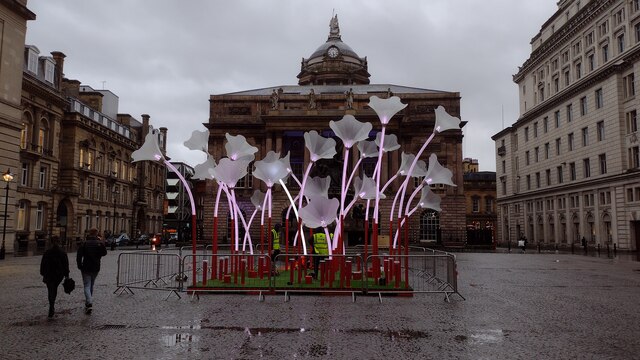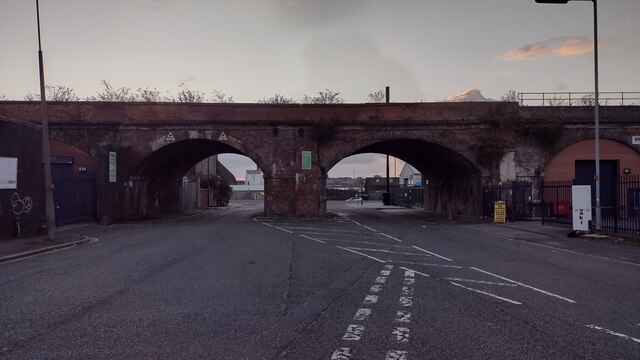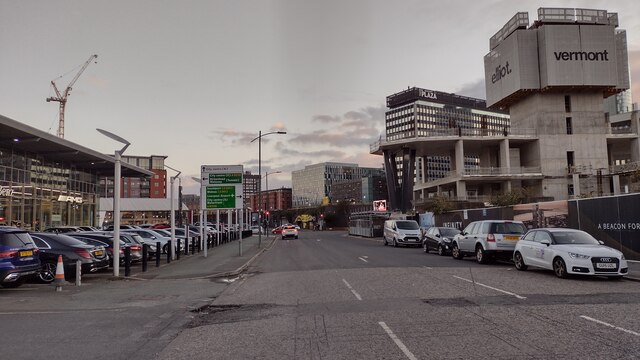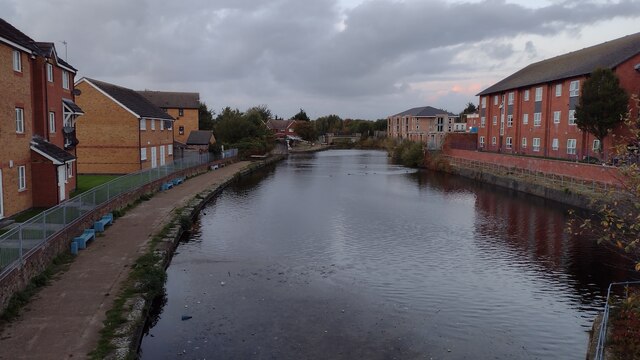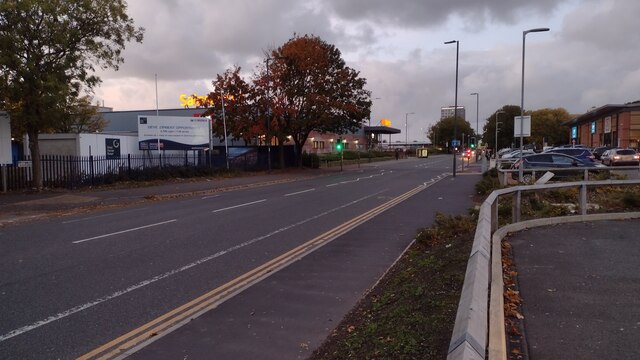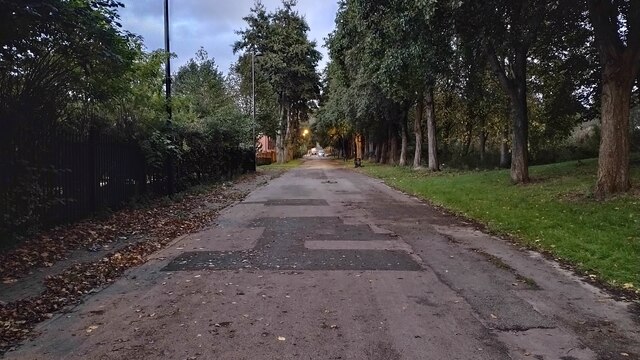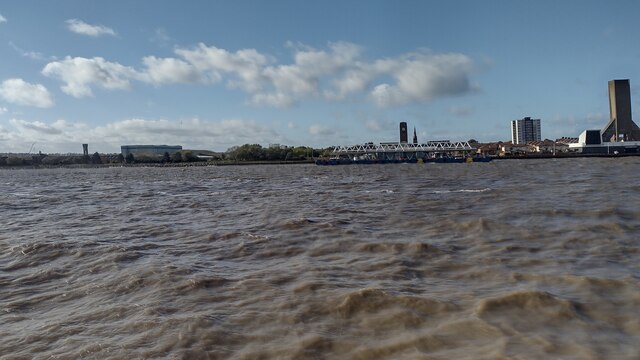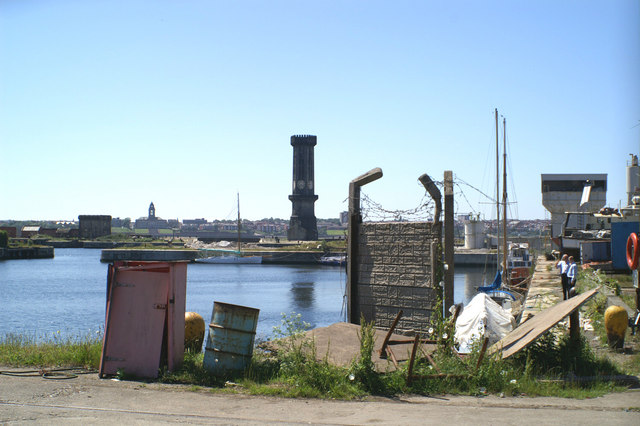Trafalgar Dock
Lake, Pool, Pond, Freshwater Marsh in Lancashire
England
Trafalgar Dock

Trafalgar Dock, located in Lancashire, England, is a man-made freshwater dock that serves as a recreational area for locals and visitors alike. Spanning over an area of approximately 10 acres, the dock is surrounded by lush greenery and is home to various aquatic plant species, making it a picturesque spot for nature enthusiasts.
The dock itself is primarily used for boating and fishing activities. Its calm and serene waters attract anglers who are eager to cast their lines and try their luck at catching fish such as perch, pike, and roach. The dock's depth varies, with some sections being shallow enough for wading and paddling, while others are deep enough for boating.
Alongside the dock, there is a well-maintained walking path that allows visitors to explore the surrounding area. The path offers breathtaking views of the dock and is adorned with benches for those who wish to relax and take in the scenery. The dock's extensive reed beds and freshwater marsh provide a habitat for a variety of bird species, making it a popular spot for birdwatchers.
Trafalgar Dock is easily accessible, with a car park located nearby for visitors' convenience. The dock is open year-round and is an ideal destination for families, nature lovers, and those seeking a tranquil escape from the city's hustle and bustle. With its diverse plant and animal life, Trafalgar Dock offers a unique opportunity to appreciate Lancashire's natural beauty while engaging in outdoor activities.
If you have any feedback on the listing, please let us know in the comments section below.
Trafalgar Dock Images
Images are sourced within 2km of 53.421536/-3.0037545 or Grid Reference SJ3392. Thanks to Geograph Open Source API. All images are credited.

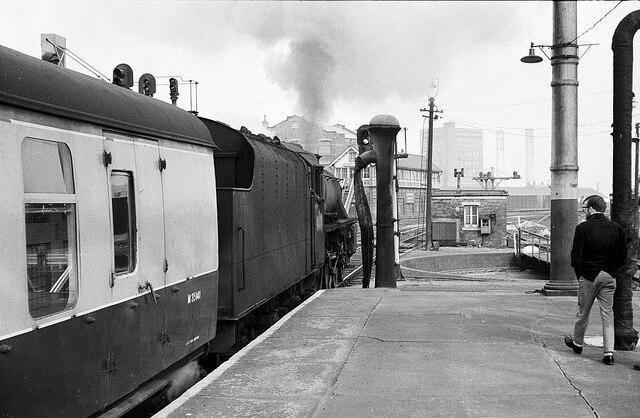
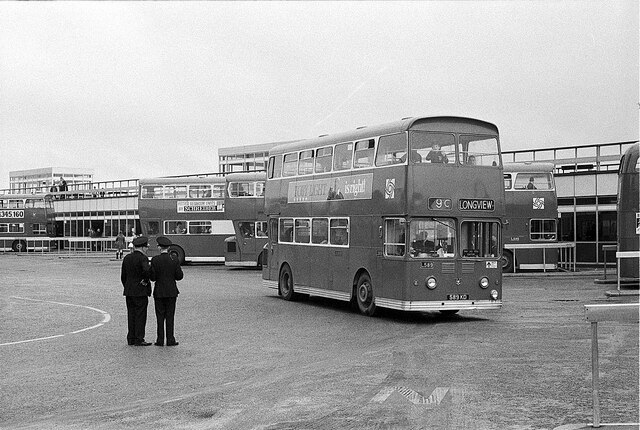



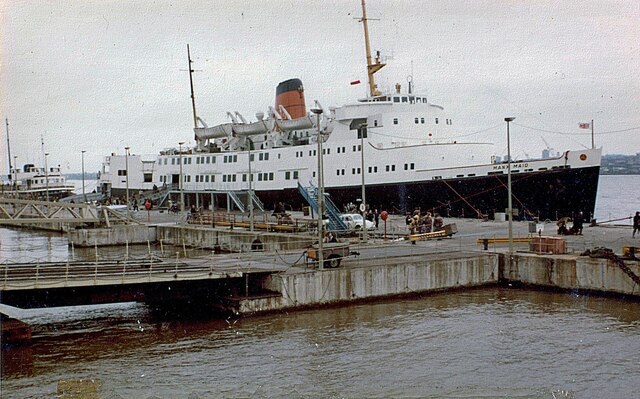
Trafalgar Dock is located at Grid Ref: SJ3392 (Lat: 53.421536, Lng: -3.0037545)
Unitary Authority: Liverpool
Police Authority: Merseyside
What 3 Words
///zest.activism.prom. Near Liverpool, Merseyside
Nearby Locations
Related Wikis
Salisbury Dock
Salisbury Dock is a dock on the River Mersey, England, and part of the Port of Liverpool. It is situated in the northern dock system in Vauxhall and is...
Victoria Tower, Liverpool
Victoria Tower is a Grade II listed Gothic Revival clock tower located alongside Salisbury Dock in Liverpool, England. Positioned among the two river entrance...
Collingwood Dock
Collingwood Dock is a dock on the River Mersey, in England, and part of the Port of Liverpool. It is situated in the northern dock system in Vauxhall...
Nelson Dock, Liverpool
Nelson Dock is a dock on the River Mersey, England, and part of the Port of Liverpool. It is situated in the northern dock system in Vauxhall, connected...
Nearby Amenities
Located within 500m of 53.421536,-3.0037545Have you been to Trafalgar Dock?
Leave your review of Trafalgar Dock below (or comments, questions and feedback).

